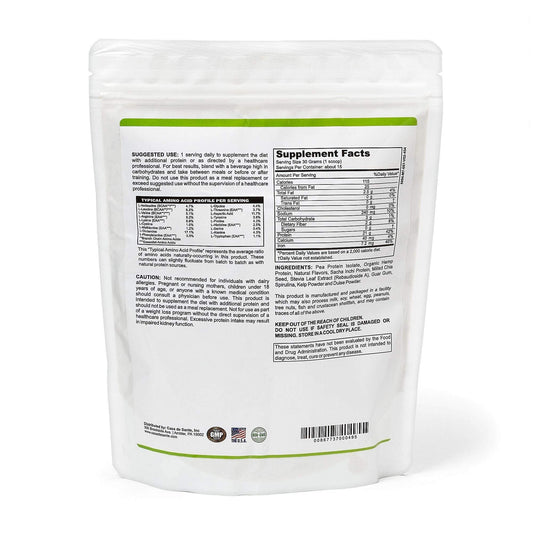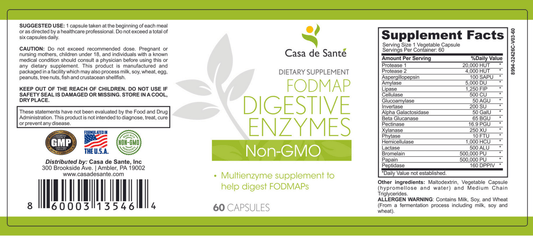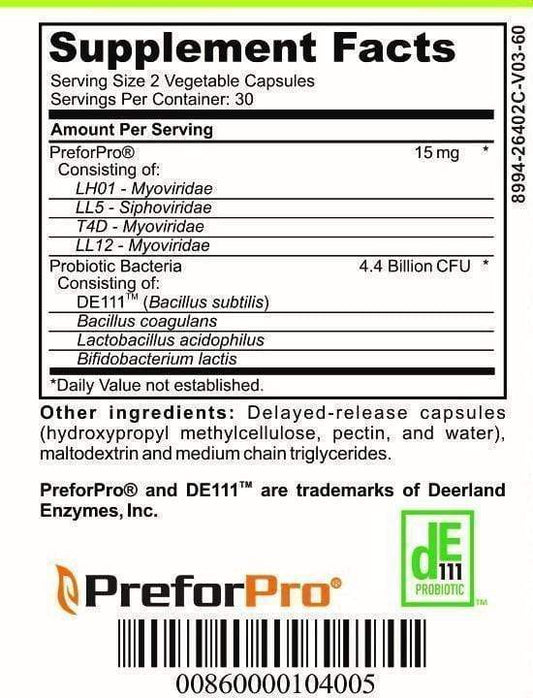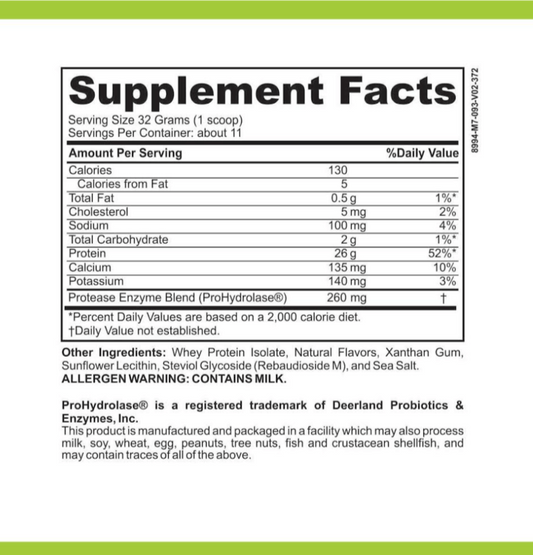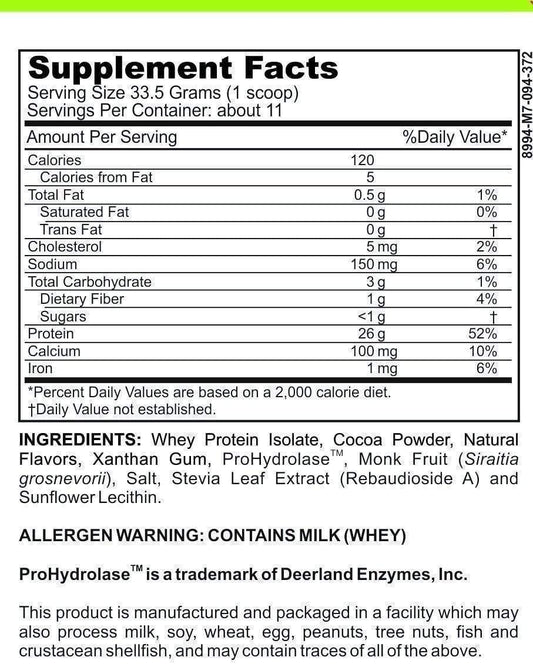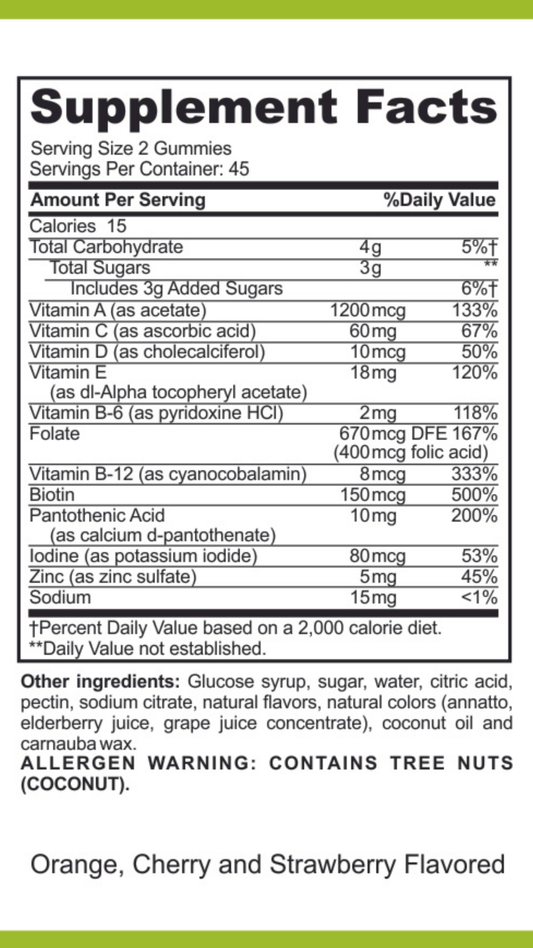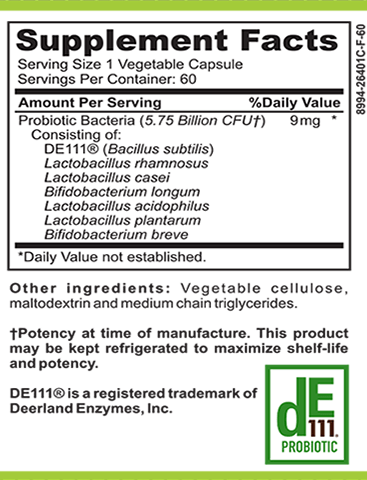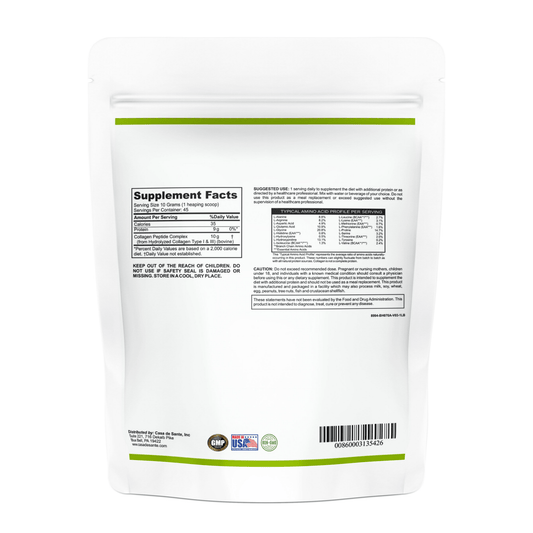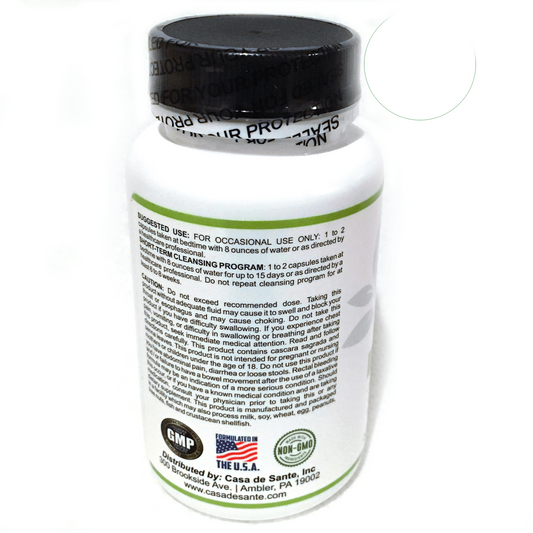Nutrient Absorption: Malabsorption Explained
Nutrient Absorption: Malabsorption Explained
Nutrient absorption is a critical process in the human body that ensures the proper functioning of various bodily systems. It involves the uptake of nutrients from the food we eat into our bloodstream, which are then transported to different parts of the body for utilization. Malabsorption, on the other hand, is a condition that interferes with this essential process, leading to a variety of health problems.
This glossary article delves into the intricate details of nutrient absorption and malabsorption, providing a comprehensive understanding of these vital biological processes. It explores the mechanisms involved, the types of nutrients absorbed, the organs involved, the causes and symptoms of malabsorption, and the diagnostic and treatment options available.
Understanding Nutrient Absorption
Nutrient absorption is a complex process that begins in the mouth and ends in the small intestine. It involves the breakdown of food into its constituent nutrients, their absorption into the bloodstream, and their transportation to various parts of the body. The nutrients absorbed include carbohydrates, proteins, fats, vitamins, and minerals, each of which plays a unique role in maintaining health and wellness.
The process of nutrient absorption is facilitated by various organs, including the mouth, stomach, small intestine, and large intestine. Each of these organs plays a specific role in the process, ensuring that the nutrients are properly broken down and absorbed into the bloodstream. The small intestine, in particular, plays a crucial role in nutrient absorption, as it is the site where most of the absorption takes place.
Role of the Digestive System in Nutrient Absorption
The digestive system plays a crucial role in nutrient absorption. It is responsible for breaking down the food we eat into smaller, absorbable nutrients. This process begins in the mouth, where the food is physically broken down into smaller pieces by the teeth and chemically broken down by enzymes present in the saliva.
The food then moves to the stomach, where it is further broken down by stomach acid and enzymes. The partially digested food, now in a semi-liquid state known as chyme, then moves to the small intestine. Here, it is broken down further by enzymes produced by the pancreas and the lining of the small intestine. The nutrients are then absorbed into the bloodstream through the walls of the small intestine.
Types of Nutrients Absorbed
The human body absorbs a wide range of nutrients from the food we eat. These include macronutrients (carbohydrates, proteins, and fats), micronutrients (vitamins and minerals), and water. Each of these nutrients plays a unique role in the body, contributing to various aspects of health and wellness.
Carbohydrates are broken down into glucose, which is the body's primary source of energy. Proteins are broken down into amino acids, which are used for building and repairing tissues, among other functions. Fats are broken down into fatty acids and glycerol, which are used for energy storage and cell membrane formation, respectively. Vitamins and minerals, on the other hand, play various roles in the body, including supporting immune function, bone health, and energy production.
Understanding Malabsorption
Malabsorption is a condition that interferes with the body's ability to absorb nutrients from the food we eat. It can be caused by a variety of factors, including diseases of the digestive system, certain medications, and genetic disorders. Malabsorption can lead to a variety of health problems, including nutrient deficiencies, weight loss, and growth problems in children.
The symptoms of malabsorption can vary widely, depending on the cause and the nutrients affected. They can include diarrhea, weight loss, bloating, gas, abdominal pain, and fatigue. In severe cases, malabsorption can lead to serious complications, including malnutrition and failure to thrive in children.
Causes of Malabsorption
There are many potential causes of malabsorption, ranging from diseases of the digestive system to certain medications. Diseases that can cause malabsorption include celiac disease, Crohn's disease, and cystic fibrosis. These diseases can damage the lining of the small intestine, interfering with its ability to absorb nutrients.
Certain medications can also cause malabsorption. These include certain antibiotics, antacids, and medications used to treat high cholesterol. These medications can interfere with the body's ability to break down and absorb nutrients. In addition, certain genetic disorders, such as lactose intolerance and fructose malabsorption, can interfere with the body's ability to absorb specific nutrients.
Symptoms of Malabsorption
The symptoms of malabsorption can vary widely, depending on the cause and the nutrients affected. Common symptoms include diarrhea, weight loss, bloating, gas, and abdominal pain. These symptoms occur as a result of the body's inability to absorb nutrients, leading to their accumulation in the gut and their subsequent elimination in the stool.
In severe cases, malabsorption can lead to more serious symptoms, such as fatigue, weakness, and failure to thrive in children. These symptoms occur as a result of the body's inability to obtain the nutrients it needs to function properly. In addition, malabsorption can lead to specific nutrient deficiencies, depending on the nutrients affected. For example, malabsorption of vitamin B12 can lead to pernicious anemia, while malabsorption of calcium can lead to osteoporosis.
Diagnosing Malabsorption
Diagnosing malabsorption can be a complex process, as it involves identifying both the presence of malabsorption and its underlying cause. The process typically begins with a thorough medical history and physical examination, followed by various tests to identify the cause of malabsorption.
These tests can include blood tests, stool tests, and imaging studies. Blood tests can help identify nutrient deficiencies, while stool tests can help identify the presence of undigested nutrients in the stool. Imaging studies, such as an X-ray or CT scan, can help identify abnormalities in the digestive system that may be causing malabsorption.
Blood Tests
Blood tests are often used to diagnose malabsorption. These tests can help identify nutrient deficiencies, which can indicate the presence of malabsorption. For example, a low level of vitamin B12 in the blood can indicate malabsorption of this vitamin.
In addition, blood tests can help identify the presence of certain diseases that can cause malabsorption. For example, a high level of certain antibodies in the blood can indicate the presence of celiac disease, a common cause of malabsorption.
Stool Tests
Stool tests are another important tool in the diagnosis of malabsorption. These tests can help identify the presence of undigested nutrients in the stool, which can indicate malabsorption. For example, the presence of fat in the stool can indicate malabsorption of fat.
In addition, stool tests can help identify the presence of certain diseases that can cause malabsorption. For example, the presence of certain bacteria or parasites in the stool can indicate an infection that is causing malabsorption.
Treating Malabsorption
Treatment for malabsorption depends on its cause. In some cases, treating the underlying cause can resolve the malabsorption. For example, if malabsorption is caused by celiac disease, a gluten-free diet can often resolve the malabsorption. In other cases, treatment may involve dietary modifications, medications, or even surgery.
Regardless of the cause, treatment for malabsorption often involves dietary modifications. These can include a diet rich in the nutrients that are being malabsorbed, or a diet that avoids foods that are difficult to digest. In some cases, dietary supplements may be recommended to ensure adequate intake of certain nutrients.
Medications
Medications can also be used to treat malabsorption. These can include medications to treat the underlying cause of malabsorption, such as antibiotics for an infection, or medications to help improve digestion and absorption, such as pancreatic enzymes.
In some cases, medications may be used to manage the symptoms of malabsorption. For example, anti-diarrheal medications can be used to manage diarrhea, a common symptom of malabsorption.
Surgery
In some cases, surgery may be needed to treat malabsorption. This is typically the case when malabsorption is caused by a structural abnormality in the digestive system, such as a blockage or a fistula. In these cases, surgery can often resolve the malabsorption by correcting the abnormality.
However, surgery is typically considered a last resort for treating malabsorption, as it carries risks and can have long-term consequences. Therefore, it is typically considered only when other treatment options have failed.
Conclusion
Nutrient absorption is a vital process that ensures the proper functioning of the body. When this process is disrupted due to malabsorption, it can lead to a variety of health problems. Therefore, understanding the mechanisms of nutrient absorption and the causes and symptoms of malabsorption is crucial for maintaining health and wellness.
Through a comprehensive understanding of these processes, individuals can better manage their health and seek appropriate medical care when needed. Whether it's making dietary modifications, taking medications, or undergoing surgery, there are a variety of treatment options available for managing malabsorption and ensuring optimal nutrient absorption.


